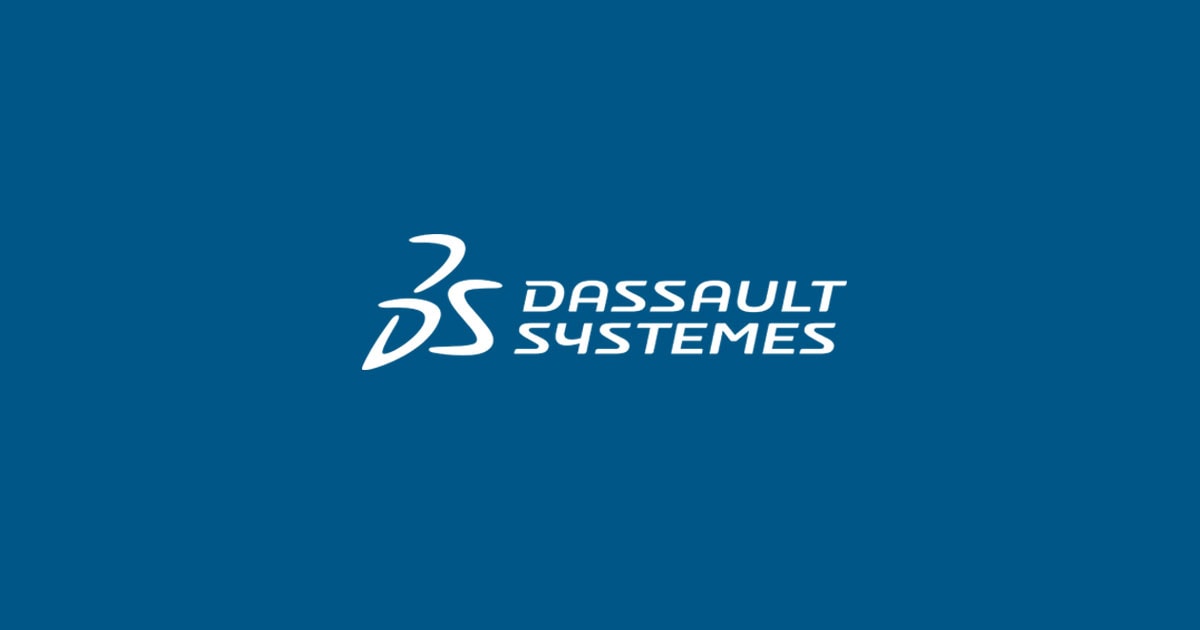. In the UK most of the battery materials research is happening under the umbrella of the Faraday Institution, the independent institute for electrochemical energy storage research, skills development, market analysis, and early-stage commercialisation.
Development of solutions that are aimed at design of batteries from atoms to cells sits very high on the strategic agenda of Dassault Systèmes. As part of this drive BIOVIA and SIMULIA brands actively collaborate with the Faraday Institution on multiscale modelling of the processes relevant to batteries design and exploitation. One example is the ICASE PhD project by Julian Holland who is co-sponsored by BIOVIA and jointly supervised by Profs Chris Skylaris, Denis Kramer (Southampton University) and Dr Felix Hanke (BIOVIA). Julian applies quantum mechanical simulations, in particular with the ONETEP module of BIOVIA Materials Studio, to Li ion transport in battery electrodes. Julian presented the first results of his work on large-scale simulation of Li ion insertion into graphite nanoparticles at the Faraday Institution early careers event and won the prize for his poster! The judges felt that there was good demonstration of the concept, modelling approach and simulation results in comparison against experiment. This work can pave the way to automation of computational experiments on intercalation, the basic process in Li charging in batteries. Congratulations to Julian!


